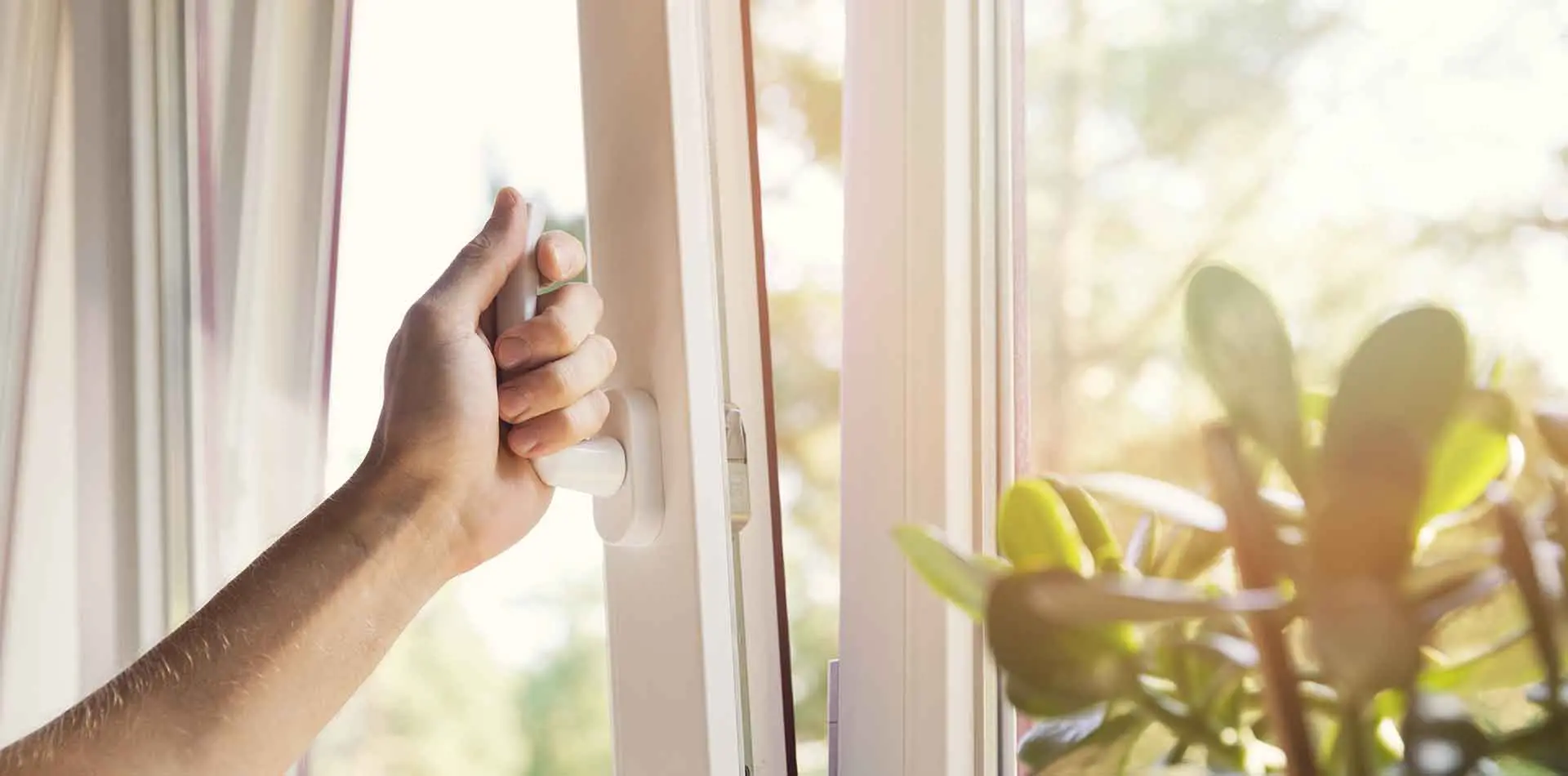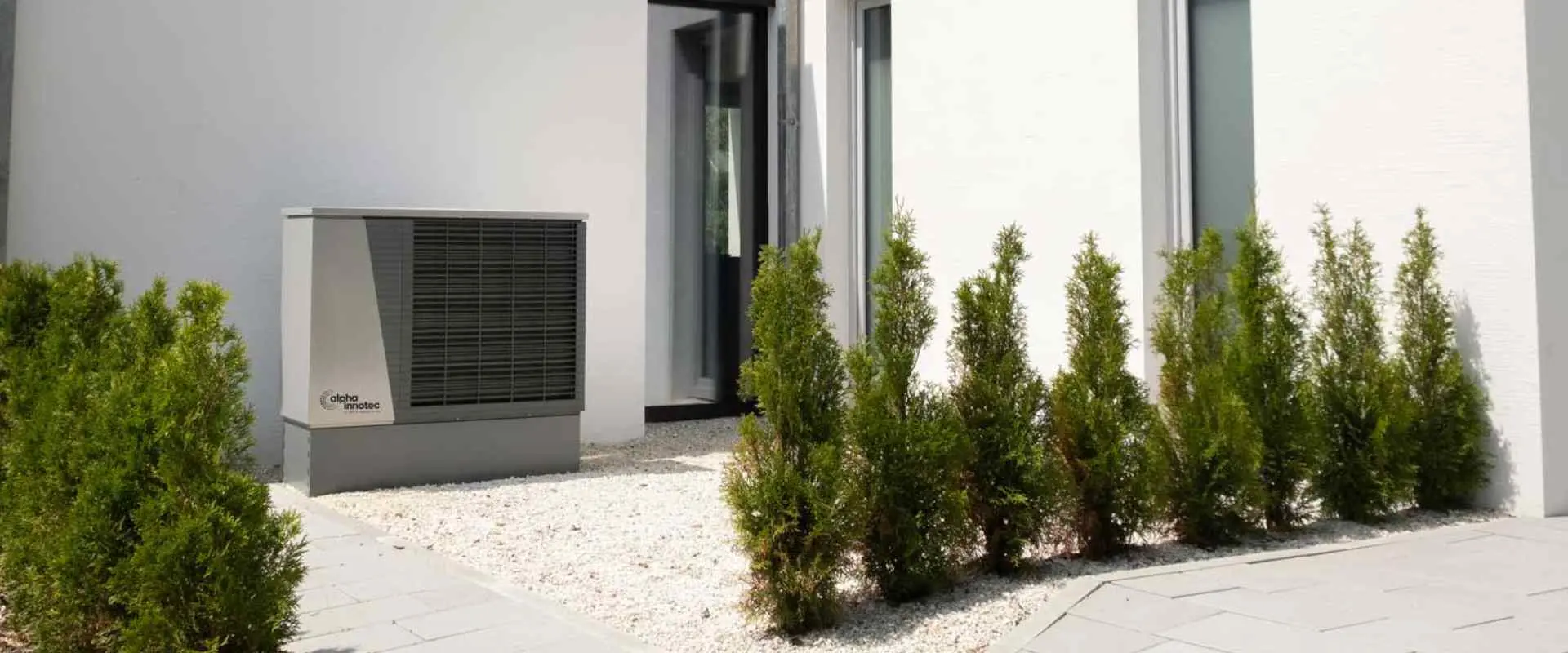Constant fresh air in the house
Good indoor air quality is important, both for our health and for the building fabric: if the oxygen content is too low and there is too much carbon dioxide in the air instead, we quickly feel tired and fatigued, suffer from concentration difficulties and headaches. Excessive humidity can quickly lead to mold growth. Therefore, the stale air in any house must be replaced regularly with fresh air.
The most obvious solution is window ventilation, but this only really works well in theory. In practice, we are usually too inconsistent, so that the air exchange necessary every 3 hours easily falls by the wayside. In addition, you can quickly ventile your room for too long and a lot of energy is then lost unnecessarily as a result. If you want to avoid these problems and do something good for both your health and your house, the installation of a ventilation system is highly recommended.
What is a ventilation system?
Ventilation systems provide fully automatic regular air exchange and also filter pollen and other pollutants from the air. Thus, controlled residential ventilation saves valuable energy, protects the building from mold and contributes massively to a pleasant and healthy indoor climate overall. So ventilation systems have many advantages.
Not all ventilation systems are the same: they come in a range of designs and technical variants. Two distinctions are of particular interest to us in this context, namely the construction method and the type of heat recovery.
A ventilation system can be designed to be centralized or decentralized, i.e. either a central unit ventilates the entire building via ventilation ducts or individual rooms are ventilated separately with small units. Heat recovery can be passive by means of a heat exchanger or active by means of a heat pump.
Types of ventilation systems
Ventilation systems can be roughly divided into centralized and decentralized types. A decentralized ventilation system consists of two small ventilation units that are installed directly into the exterior walls of the room to be ventilated. If you want to supply more than one room with fresh air in this way, you will need more decentralized ventilation units. Since these devices are uncomplicated to install and do not require a great deal of planning, they are particularly suitable for retrofitting as part of the modernization of an old building.
Less simple, but more efficient than the decentralized variant are central ventilation systems. In these systems, all of the rooms in the house are connected by air ducts and are supplied with fresh air through a central unit. Here, a fan draws air into the building from outside, and another removes the stale air from the rooms. Central ventilation systems are optimally planned and installed directly as part of a new building, as this is less complex than retrofitting. However, this is also possible, although at a higher cost.
Active vs. passive heat recovery
A ventilation system with heat recovery extracts part of the heat from the used exhaust air and uses it to preheat the fresh supply air. This not only ensures pleasantly tempered fresh air, but also saves heating energy: depending on the technology used, modern ventilation systems can provide heating cost savings of up to 50%.
PASSIVE VENTILATION SYSTEMS
Passive heat recovery works by using heat exchangers and is the simpler of the two variants. The heat exchanger transfers part of the heat from the exhaust air to the supply air. This allows the fresh air to be preheated with little energy input.
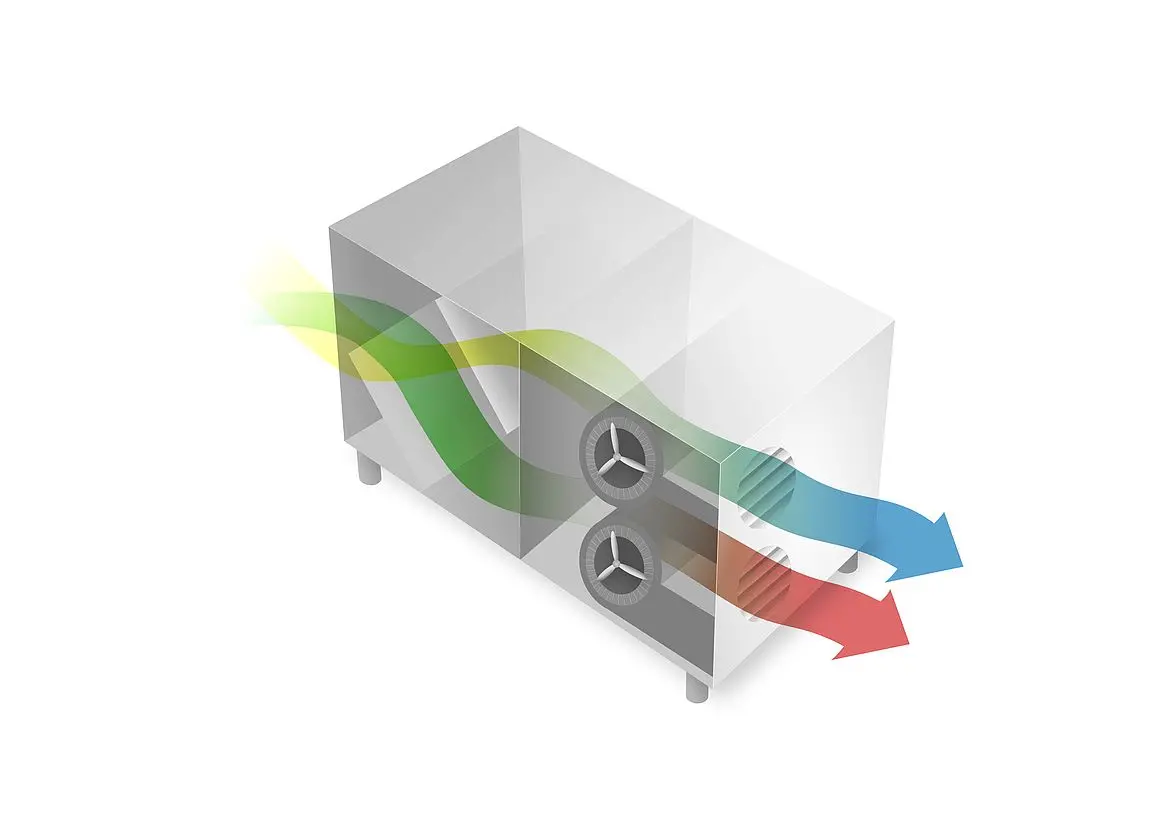
ACTIVE VENTILATION SYSTEMS
In ventilation systems with active heat recovery, an air heat pump is integrated into the system, with the help of which the recovered heat can be used in several ways (depending on the specific equipment of the system).
You can use the heat in these devices not only to preheat the fresh air, but also to heat water. If the heat pump installed allows reversible operation, the ventilation system can additionally be used for room cooling. Active ventilation units are, therefore, true multi-talents and are suitable for a wide range of tasks.
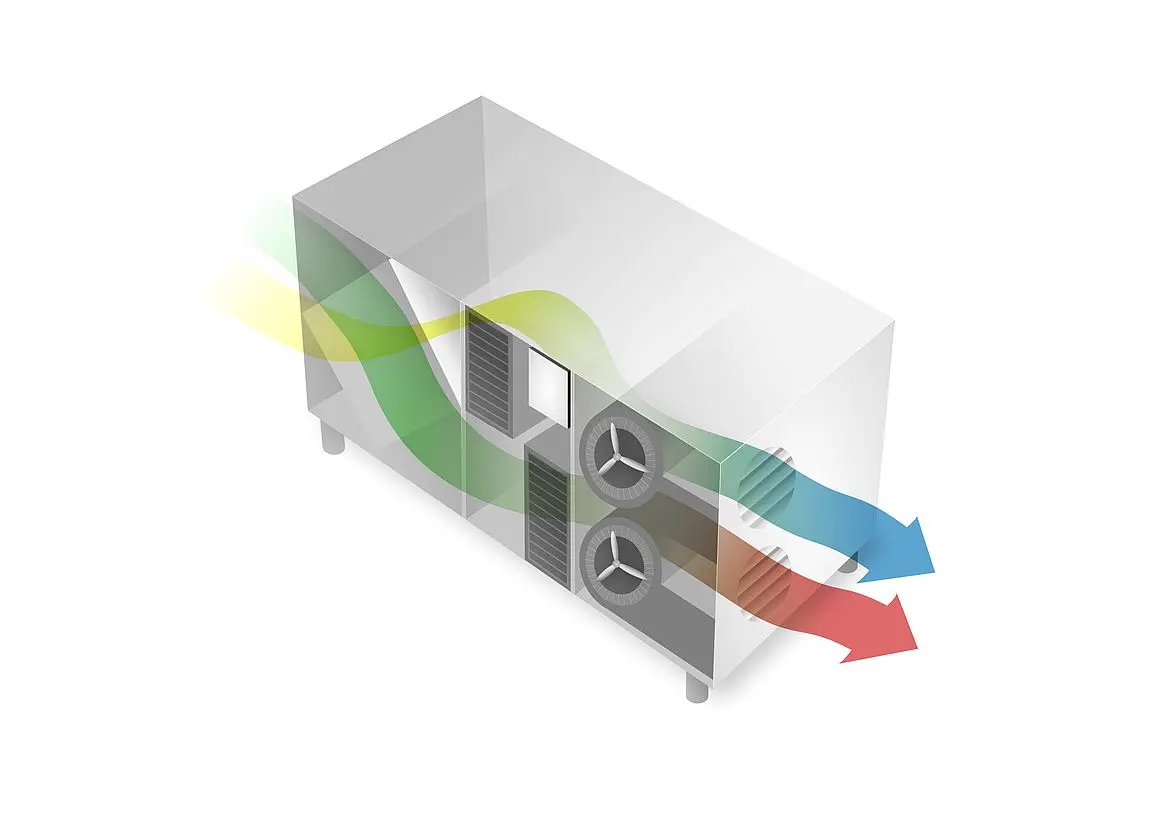
Advantages and disadvantages of ventilation systems
Advantages of ventilation systems | Disadvantages of ventilation systems |
|---|---|
Reduction of heating costs | Not always suitable for old buildings |
Decreasing house dust mite exposure | Anschaffungskosten können hoch sein |
The house becomes more allergy-friendly | Rising power consumption |
Air temperature can be adjusted quickly | - |
Noise protection, as ventilation is not necessary | - |
Areas of application for living space ventilation
Not every type of ventilation system is equally suitable for every application. Depending on the age and condition of the building, the available options change.
VENTILATION SYSTEMS IN NEW BUILDINGS
In new buildings, you can choose from a wide range of ventilation systems: in principle, any type of construction can be used, but here it is particularly worthwhile to use a central ventilation system, as these systems tend to work more efficiently and can be planned and installed directly during the construction of the house. Depending on personal preferences, you can then choose a unit with passive or active heat recovery – depending on how much the fresh air is preheated and whether the system is also to be used for cooling.
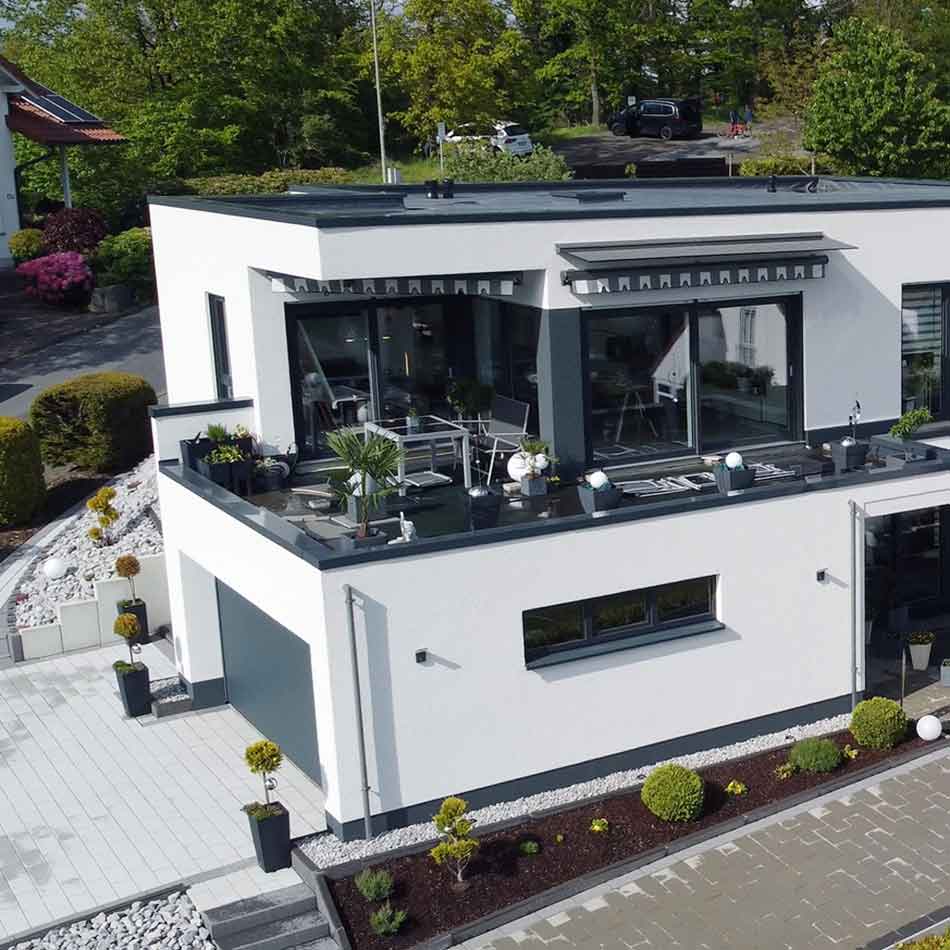
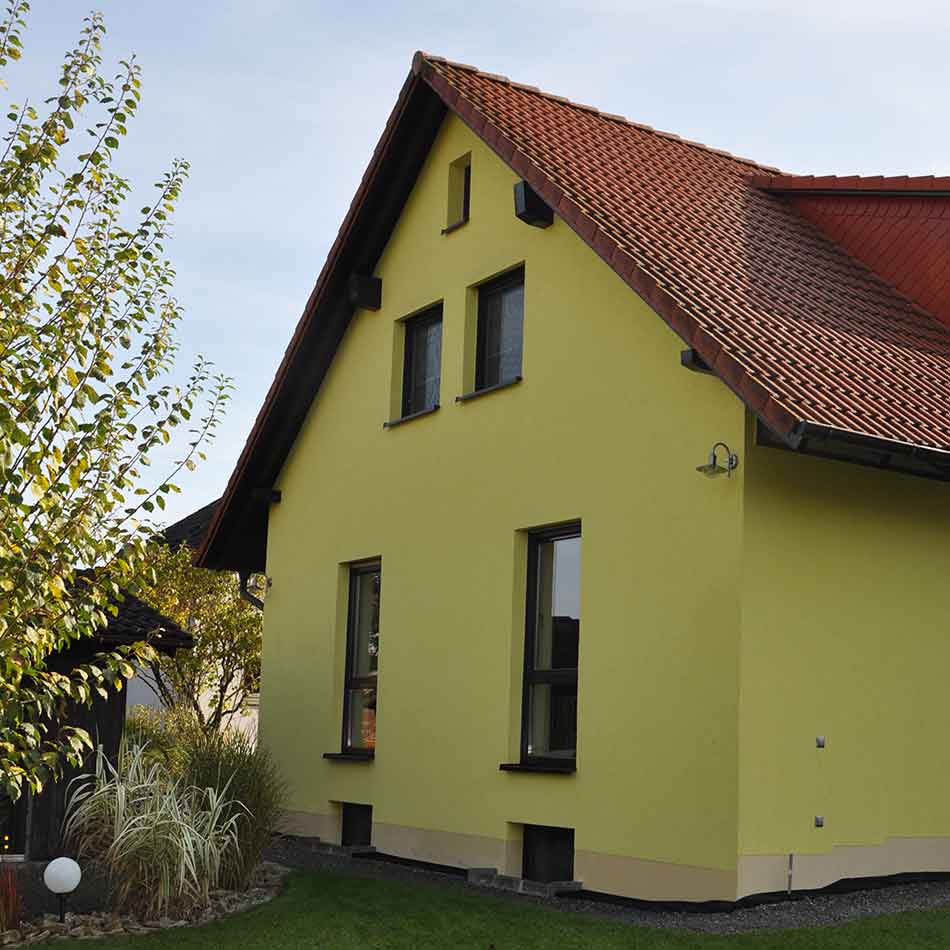
VENTILATION SYSTEMS IN OLD BUILDINGS
In existing buildings, everything depends on the condition of the house: there is little point in installing a ventilation system in an unrenovated old building – regardless of the type of construction. However, if the building has been renovated and meets a certain insulation standard, there is nothing to be said against retrofitting a ventilation system. A decentralized solution with heat recovery is particularly suitable, as these devices are comparatively easy to retrofit. However, if you are not afraid of the higher effort and the associated costs, there is nothing wrong with using a central ventilation system.
Conclusion living space ventilation
Unless you live in a drafty, unrenovated old building, you won't go wrong if you decide to invest in ventilation technology. Especially for allergy sufferers, a ventilation system is highly recommended, as it massively improves the air quality. There is a suitable design for every application, depending on the conditions and personal preferences.
If, for example, only a few rooms in an old building are to be retrofitted with ventilation, a decentralized system with passive heat recovery is perfectly adequate. If, on the other hand, you are interested in an all-round carefree package, it is best to opt for a central ventilation system with active heat recovery. If the integrated heat pump then allows reversible operation, the fresh supply air can not only be preheated, but also cooled as an alternative – for an optimum comfortable climate all year round.
